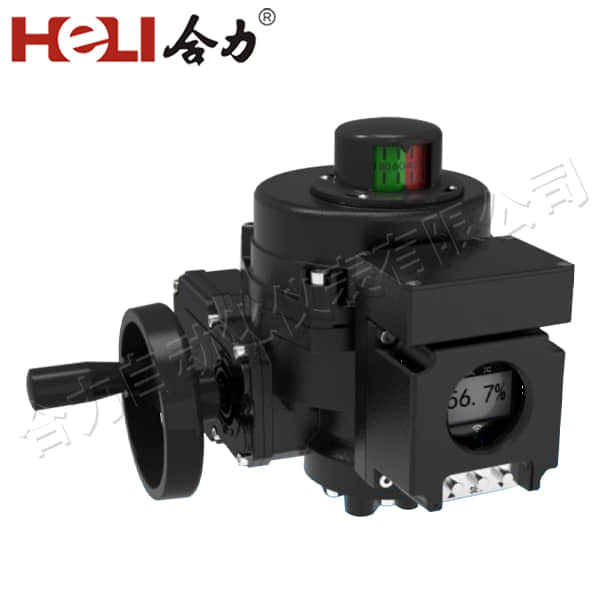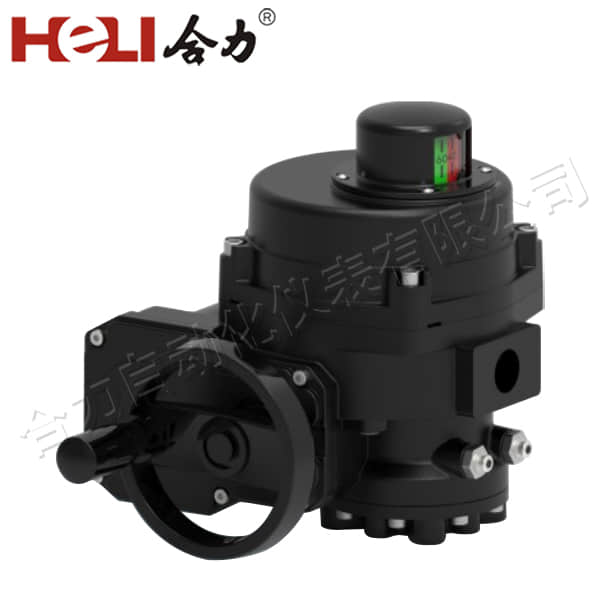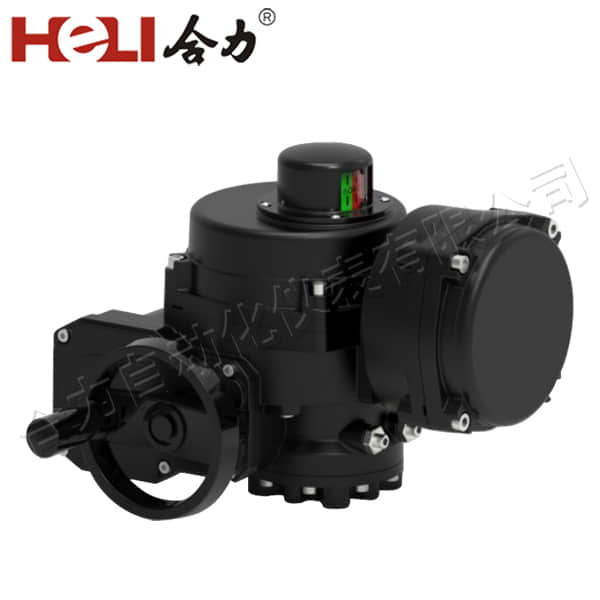understanding electric actuators: the backbone of modern automation
Release time:2024-12-15 14:08:51
Electric actuators play a pivotal role in modern automation systems, transforming electrical energy into mechanical motion. These devices are integral to various applications across industries such as manufacturing, robotics, automotive, and aerospace. As the demand for precision and efficiency increases, electric actuators are becoming increasingly popular due to their reliability, ease of control, and environmental benefits.

What is an Electric Actuator?

An electric actuator is a type of actuator that converts electrical energy into mechanical energy, facilitating movement or control of mechanisms. Unlike pneumatic or hydraulic actuators that rely on fluid pressure, electric actuators utilize electric motors to drive motion. The most common types of electric actuators include linear actuators, which produce straight-line motion, and rotary actuators, which generate rotational motion.



